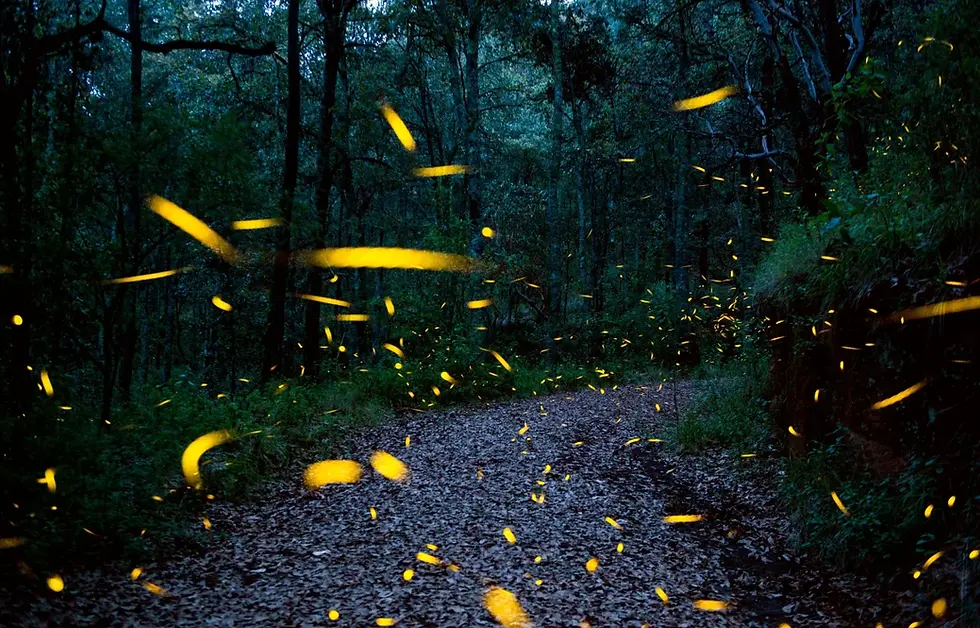Facing Extinction: Fireflies
- Malcolm Myers
- Apr 12
- 1 min read
The world’s fireflies, known for their magical nighttime glow, are disappearing due to habitat loss, light pollution, and pesticides. A study led by Tufts University researchers warns that many of the 2,000+ firefly species could vanish without urgent action.
Habitat destruction is the top threat. Mangroves, vital for species like Malaysia’s synchronized fireflies, are being cleared for palm oil and aquaculture. Artificial light ranks second—streetlights and LEDs disrupt mating rituals where fireflies use bioluminescence to attract partners. Pesticides, particularly neonicotinoids, also contribute to their decline.
Even firefly tourism poses risks. Popular viewing sites in Japan, Mexico, and Thailand face habitat damage from trampling and boat traffic. Over 200,000 annual visitors threaten fragile ecosystems.
Scientists call for conservation measures, including protecting habitats, reducing light pollution, and enforcing eco-tourism guidelines. “We want fireflies to light up our nights for generations,” says co-author Sonny Wong.
With 41% of insect species at risk globally, fireflies symbolize a larger crisis. Their fading glow signals an urgent need to address human impacts on nature.





Kommentare